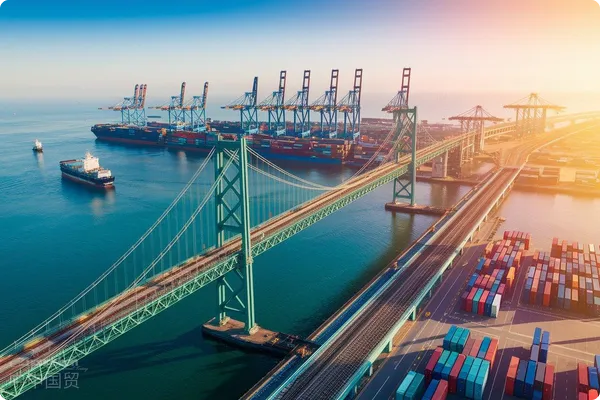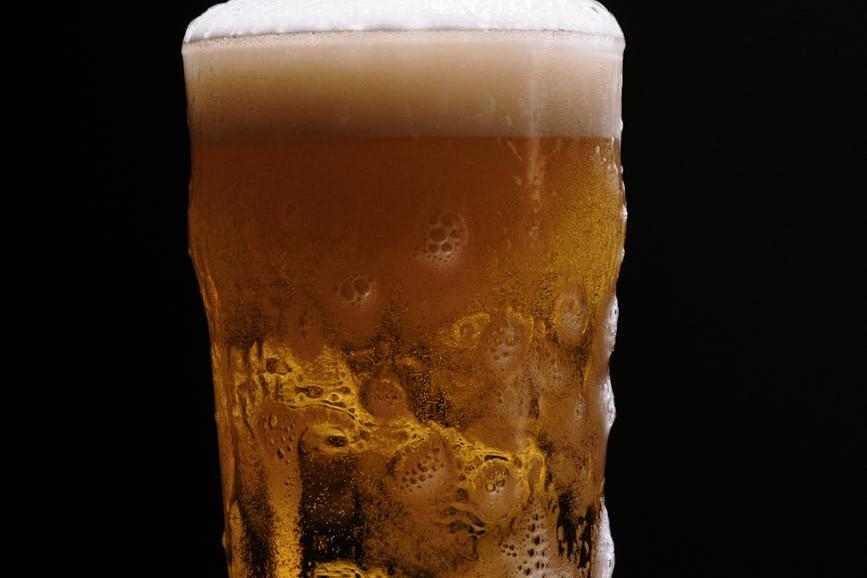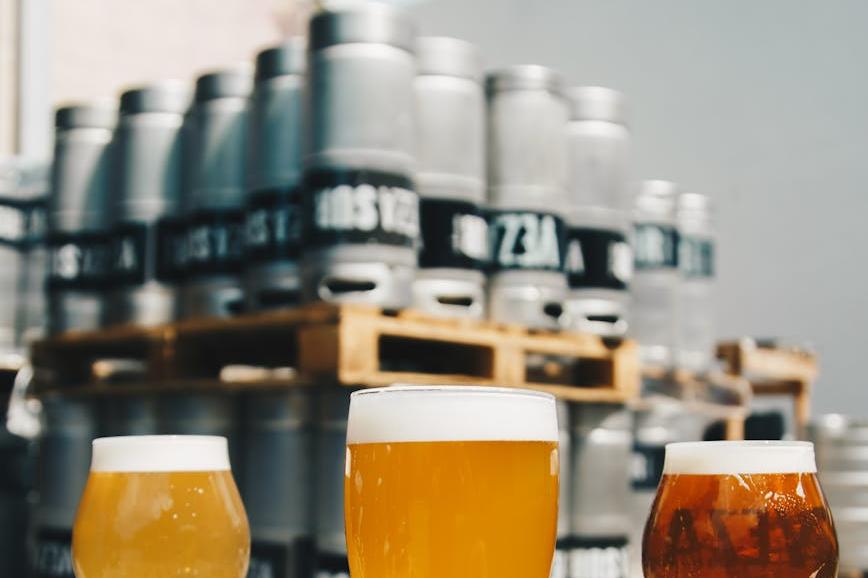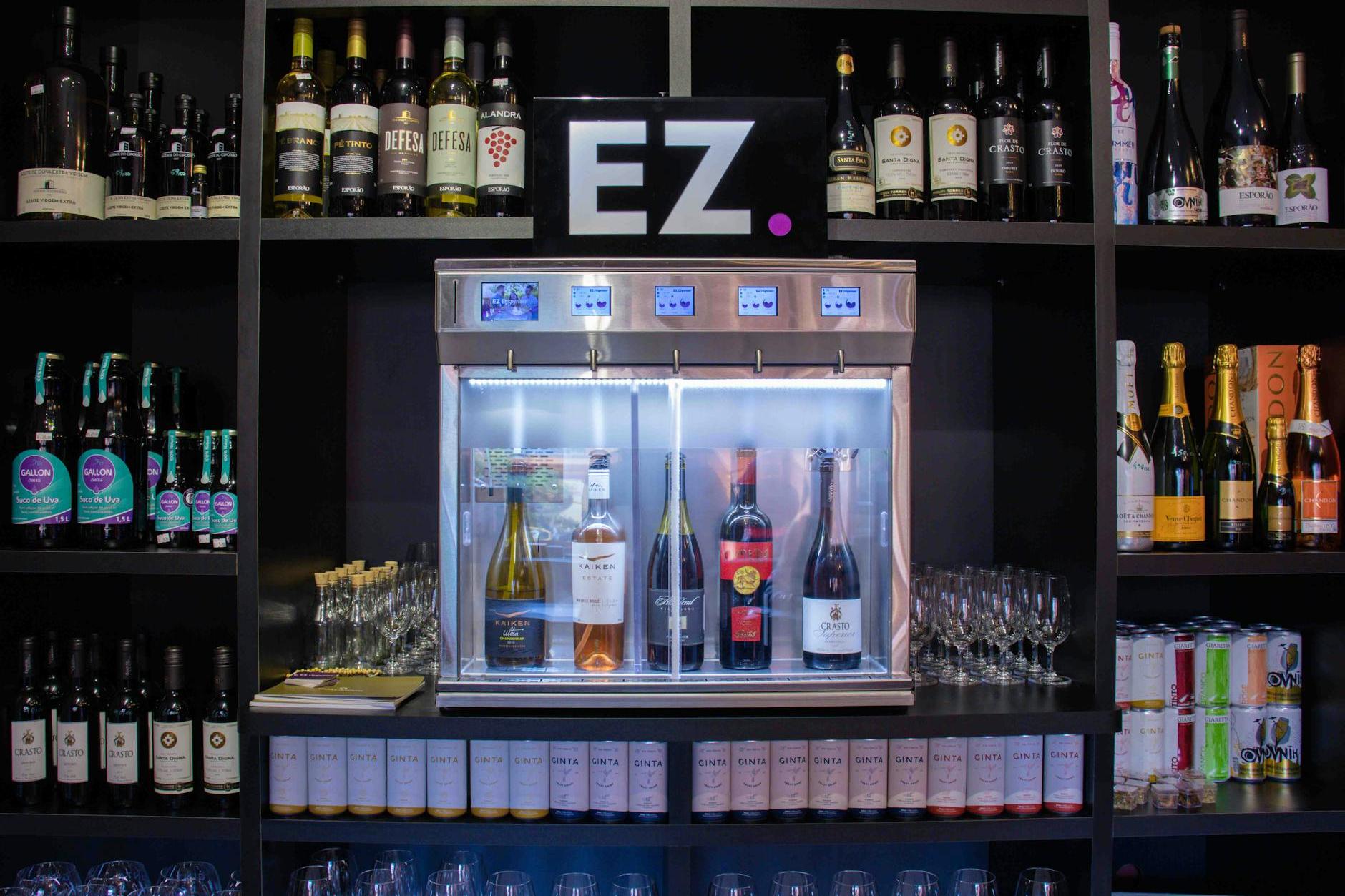- Shanghai Zhongshen International Trade Co., Ltd. - Two decades of trade agency expertise.
- Service Hotline: 139 1787 2118

Contents
Toggle1. Making red wine in 2025Export RepresentationIs there still market space?
According to data from the International Organisation of Vine and Wine (OIV), China has risen to become the world's fifth-largest wine consumer in 2023, andThe annual growth rate of premium wine imports averages 12%.The market in 2025 will exhibit three major trends:
- Consumption upgrading drives the demand growth for products priced above 300 yuan per bottle.
- Cross-border E-commerceThe channel share is expected to exceed 35% (compared to 22% in 2023).
- Procurement volume in emerging markets surges (Southeast Asia +47%, Middle East +39%)
2. What special qualifications are required for red wine exports?
Unlike ordinary food exports, wine agency requires special attention:
- Production-side qualifications
- WineryIt is recommended to verify through the following methods:Ming (EU requires DO/DOCa certification)
- Filing Certificate for Wine Grape Varieties
- Circulation end qualification
- Import Country Liquor Business License (e.g., U.S. TTB License)
- Registration of Export Food Production Enterprises by China Customs
III. What is the actual cost of exporting a bottle of red wine through an agent?
Taking the export of Bordeaux AOC-level red wine to Malaysia as an example (FOB price of $30 per bottle):
- Agency service fee: 8-12% (including document preparation and compliance review)
- Cold chain logistics cost: $0.8-$1.2 per bottle (temperature-controlled throughout the entire process)
- Customs Duties and VAT: The import duty rate for red wine in Malaysia in 2025 is 25%.
- Certification fee: Halal certification costs approximately $1,200 per batch.
IV. How to Assess the Professionalism of an Agency?
A high-quality agency must possess the following capabilities:
- Familiar with the regulations of major wine-producing countries (e.g., EU EC No 607/2009).
- Having stable and cooperativeThermostatic warehousingandISO 22000 CertificationTransport fleet
- Available for RCEP member countriesTariff preference scheme
- Cases of the same type operated in the past 3 years (customs declaration number required for verification).
V. Which emerging markets are worth watching in 2025?
According to the data from the General Administration of Customs for January to June 2024, the following markets have shown significant growth:
- Southeast Asian Market: Vietnam (+82%), Philippines (+76%)
- Middle East market: United Arab Emirates (+63%), Saudi Arabia (+58%)
- African market: Nigeria (+105%), Kenya (+89%)
It is advisable to prioritize markets that have signed free trade agreements with our country, such as those set to take effect in 2025.China-Chile Free Trade Agreement Upgraded VersionZero tariffs will be applied to 98% of the tax items.
6. How to handle customs clearance delays?
In the past three years, the main issues with red wine customs clearance have been concentrated in:
- The labels do not comply with the requirements of the importing country (accounting for 43% of dispute cases).
- The sulfur dioxide content exceeds the standard (EU standard ≤160mg/L).
- Certificate of Origin is missing
Professional agency companies should providePre - customs clearance serviceBy submitting electronic documents in advance and prepaying taxes, the customs clearance time can be reduced to within 72 hours.
7. What are the major changes in the 2025 tariff policy?
Tariff adjustments requiring special attention:
- Australian wine import tariffs: China has announced a 0% tariff policy to remain in effect until 2025.
- U.S. Section 301 Tariffs: Bottled Red Wine Still Subject to 25% Additional Duty
- RCEP member states: Achieve zero tariffs on 90% of goods by 2025.
VIII. Three Common Misconceptions in Choosing an Agent
Based on our summary of handled dispute cases:
- Misconception 1: Blindly pursuing low agency fees (reasonable range: 6-15%)
- Misconception 2: Ignoring Cultural Differences (e.g., Avoiding Animal-Themed Labels for Alcohol Exports to the Middle East)
- Misconception 3: Failure to establish a long-term cooperation mechanism (It is recommended to sign a framework agreement for more than 2 years).
Related Recommendations
? 2025. All Rights Reserved. Shanghai ICP No. 2023007705-2  PSB Record: Shanghai No.31011502009912
PSB Record: Shanghai No.31011502009912










